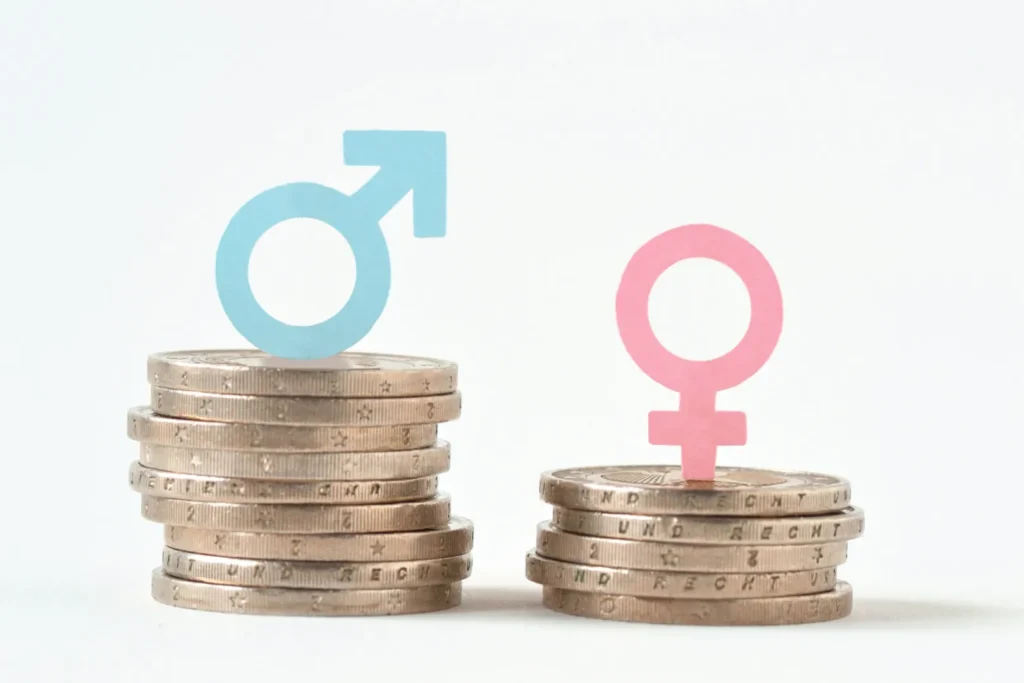
Gender Equity in Nursing Addresses 85% Female Workforce Composition
2025
The global nursing profession continues to grapple with significant gender disparities, with women comprising 85% of the nursing workforce worldwide, highlighting the need for comprehensive strategies to address gender equity, professional advancement, and workplace equality in healthcare.
Build the future you deserve. Get started with our top-tier Online courses: ACCA, HESI A2, ATI TEAS 7, HESI EXIT, NCLEX-RN, NCLEX-PN, and Financial Literacy. Let Serrari Ed guide your path to success. Enroll today.
Global Gender Composition Analysis
Workforce Demographics:
- Women: 85% of global nursing workforce
- Men: 15% of global nursing workforce
- Regional variations in gender composition
- Historical trends and cultural influences
- Educational enrollment and graduation patterns
Geographic Variations:
- Western countries: 10-12% male nurse representation
- Middle Eastern countries: 20-25% male nurse participation
- Asian countries: 5-15% male nurse workforce
- African countries: Variable representation based on cultural factors
- Cultural and societal influences on gender roles
Professional Implications and Challenges
Career Advancement Barriers:
- Glass ceiling effects in nursing leadership
- Underrepresentation in executive and administrative roles
- Salary disparities and compensation inequities
- Work-life balance and family responsibility challenges
- Professional recognition and career development limitations
Workplace Environment:
- Gender-based discrimination and bias
- Sexual harassment and inappropriate conduct
- Professional respect and authority recognition
- Team dynamics and interprofessional relationships
- Safety and security concerns
Educational and Professional Development:
- Leadership development program access
- Mentorship and sponsorship opportunities
- Research and academic advancement
- Professional organization participation
- International mobility and opportunity
Male Nurses in Healthcare

Recruitment and Retention Challenges:
- Societal stereotypes and stigma
- Cultural perceptions of nursing as “women’s work”
- Family and peer pressure and expectations
- Salary expectations and financial considerations
- Career progression and advancement concerns
Unique Contributions and Perspectives:
- Physical strength and assistance capabilities
- Different communication styles and approaches
- Male patient comfort and preference
- Diversity of thought and problem-solving
- Role model and representation importance
Specialization Patterns:
- Higher representation in critical care and emergency services
- Psychiatric and mental health nursing
- Emergency medical services and trauma care
- Anesthesia and perioperative services
- Technology and informatics roles
Women’s Leadership and Advancement
Leadership Development Needs:
- Executive and administrative skill development
- Financial management and business acumen
- Strategic planning and organizational development
- Policy influence and advocacy
- Global health and international leadership
Work-Life Balance Challenges:
- Family caregiving and domestic responsibilities
- Childcare and eldercare obligations
- Career interruption and re-entry
- Flexible work arrangements and support
- Partner and family support systems
Professional Recognition:
- Research and academic achievement
- Clinical excellence and innovation
- Policy influence and advocacy
- Professional organization leadership
- International recognition and awards
Ready to level up your career? Join our expert-led Online courses in ACCA, HESI A2, ATI TEAS 7, HESI EXIT, NCLEX-RN, NCLEX-PN, and Financial Literacy. At Serrari Ed, we turn potential into achievement. Start your journey today!
Pay Equity and Compensation
Gender Pay Gap Analysis:

- Salary disparities across nursing specialties
- Leadership and executive compensation gaps
- Geographic and regional variations
- Experience and education level impacts
- Performance and outcome-based compensation
Contributing Factors:
- Negotiation skills and salary discussion
- Career interruption and experience gaps
- Specialization and practice area differences
- Geographic mobility and opportunity
- Professional network and mentorship access
Improvement Strategies:
- Transparent salary structures and policies
- Performance-based compensation systems
- Professional development and advancement support
- Negotiation training and skill development
- Organizational culture and policy change
Organizational Culture and Environment
Inclusive Workplace Development:
- Diversity and inclusion policy implementation
- Bias awareness and sensitivity training
- Professional respect and recognition
- Equal opportunity and advancement
- Safe and supportive work environment
Leadership Commitment:
- Executive sponsorship and support
- Resource allocation and investment
- Policy development and implementation
- Accountability and measurement
- Cultural change and transformation
Professional Development Support:
- Mentorship and sponsorship programs
- Leadership development and training
- Conference and education support
- Research and innovation opportunities
- International exchange and collaboration
Policy and Advocacy Initiatives
Professional Organization Leadership:
- Gender equity policy development
- Leadership diversity and representation
- Professional advancement support
- Advocacy and public awareness
- Research and evidence development
Government and Regulatory Support:
- Equal opportunity legislation and enforcement
- Workplace discrimination prevention
- Family-friendly policy development
- Professional development funding
- International cooperation and support
Healthcare System Change:
- Organizational policy and culture transformation
- Leadership diversity and inclusion
- Career advancement and opportunity
- Work-life balance and flexibility
- Recognition and reward systems
Global Perspectives and Solutions
International Best Practices:
- Scandinavian gender equity models
- Australian and New Zealand approaches
- Canadian diversity and inclusion initiatives
- European Union policy and legislation
- Developing country innovation and adaptation
Cultural Competency and Sensitivity:
- Traditional gender role recognition and respect
- Cultural adaptation and accommodation
- Community engagement and involvement
- Religious and spiritual consideration
- Cross-cultural communication and understanding
Research and Evidence Development:
- Gender equity outcome measurement
- Best practice identification and dissemination
- Policy effectiveness evaluation
- Long-term impact assessment
- International comparison and analysis
Technology and Innovation Solutions
Digital Platform Development:
- Professional networking and mentorship
- Career development and advancement
- Flexible work arrangement support
- Remote work and telehealth opportunities
- Leadership training and education
Data Analytics and Monitoring:
- Gender equity metric tracking
- Pay gap analysis and reporting
- Career advancement monitoring
- Organizational culture assessment
- Policy effectiveness measurement
Artificial Intelligence Applications:
- Bias detection and mitigation
- Performance evaluation and advancement
- Career pathway optimization
- Professional development recommendation
- Workplace culture enhancement
Future Trends and Opportunities
Generational Change:
- Millennial and Generation Z expectations
- Work-life balance prioritization
- Professional purpose and meaning
- Technology integration and innovation
- Global perspective and awareness
Healthcare Transformation:
- Value-based care and outcomes
- Patient-centered and family-focused care
- Community health and population management
- Technology integration and innovation
- Global health and humanitarian work
Professional Evolution:
- Advanced practice and specialization
- Leadership and executive development
- Research and evidence-based practice
- Policy influence and advocacy
- Entrepreneurship and innovation
Economic Empowerment:
- Financial literacy and management
- Salary negotiation and advancement
- Investment and retirement planning
- Business development and ownership
- Economic independence and security
Addressing gender equity in nursing requires comprehensive, multi-faceted approaches that recognize the complexity of gender-related challenges while building on the profession’s strengths and contributions to global health and healthcare delivery. This impacts registered nurses, nurse practitioners, healthcare professionals, male nurses, and the broader healthcare industry.
Source: WHO – Nursing Workforce Gender Analysis
Ready to take your career to the next level? Join our Online courses: ACCA, HESI A2, ATI TEAS 7 , HESI EXIT , NCLEX – RN and NCLEX – PN, Financial Literacy!🌟 Dive into a world of opportunities and empower yourself for success. Explore more at Serrari Ed and start your exciting journey today! ✨
Track GDP, Inflation and Central Bank rates for top African markets with Serrari’s comparator tool.
See today’s Treasury bonds and Money market funds movement across financial service providers in Kenya, using Serrari’s comparator tools.
